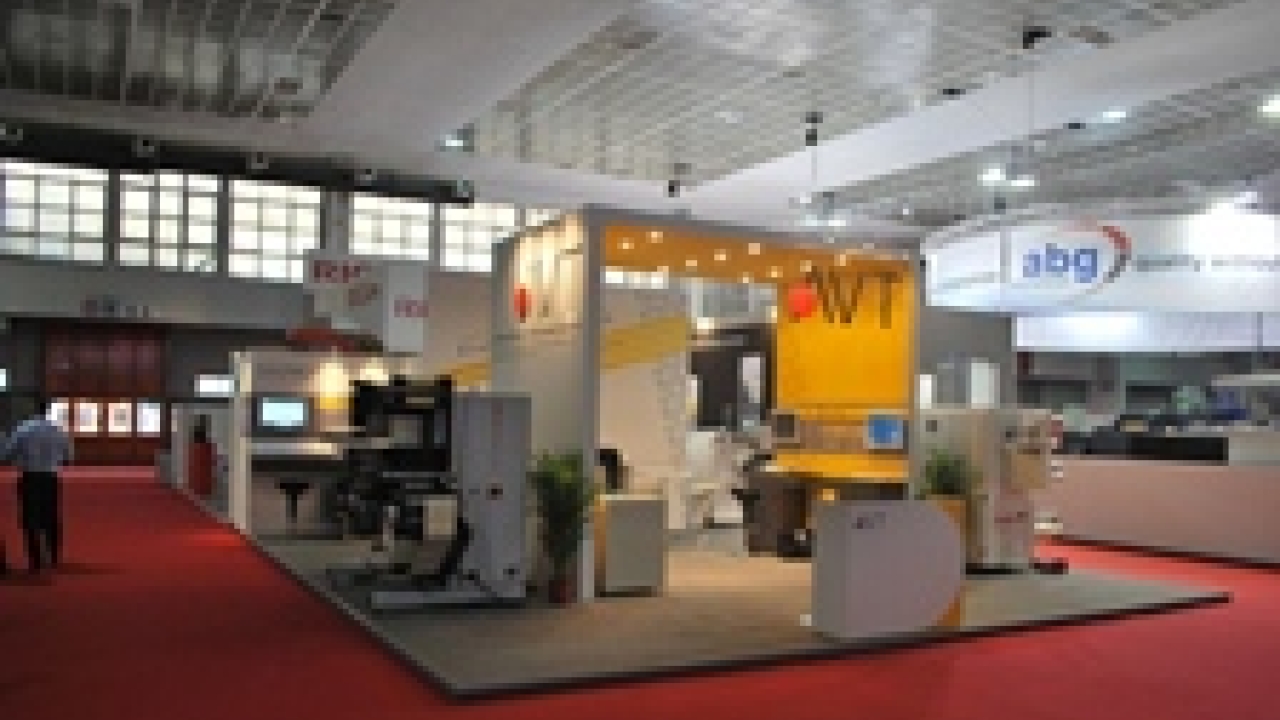Automation at the heart of AVT’s Australian plans

Making equipment easier, quicker and more intuitive is essential as the Australian packaging industry moves towards greater automation, according to inspection technology specialist AVT’s sales and marketing director for Asia Rony Shmulevitch.
On his regular end-of-year visit to Australia, Shmulevitch foreshadowed the need for more automation in the local packaging market.
Emphasizing the packaging industry’s trend toward ever greater automation, he pointed to the need for further automating processes, not only of the equipment being used but for making the entire process more user friendly for both operator and the entire workflow. ‘These are needs we have been pursuing for quite some time - how to use the equipment better, how to shorten set-up time,’ Shmulevitch said.
One of the areas which the AVT executive nominated as needing greater workflow efficiency is in the finishing processes of carton production runs. With constant calls for higher quality output, how to inspect the finished product more efficiently is being closely examined but, noted Shmulevitch, ‘we’re not there yet’.
Shmulevitch attributes much of the group’s success in the local packaging market to the fact that the industry has embraced European standards, which he noted ‘is not the case in Asia’. In addition, Shmulevitch stressed that the regularity of his visits over the past four years have contributed to AVT’s progress since the appointment of DES as its distribution agent in Australia and New Zealand.
‘We can see the fruits of this close relationship in terms of the progress we have been able to make in the marketplace,’ Shmulevitch said.
Russell Robertson, director of sales for labels and packaging at DES, revealed that the first of two installations are expected to be completed in the next two months of the new Workflow Link for the narrow web market which picks up defects on press and allows offline editing of the recorded file. This then allows the rewinders and finishing units to run at full speed without the need for a second camera.
Stay up to date
Subscribe to the free Label News newsletter and receive the latest content every week. We'll never share your email address.
